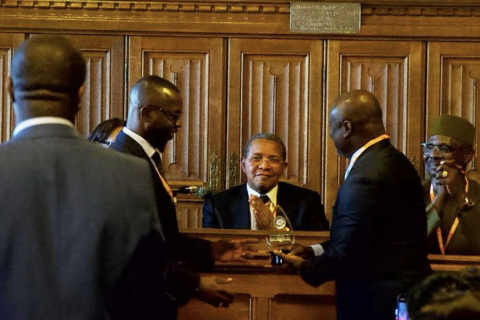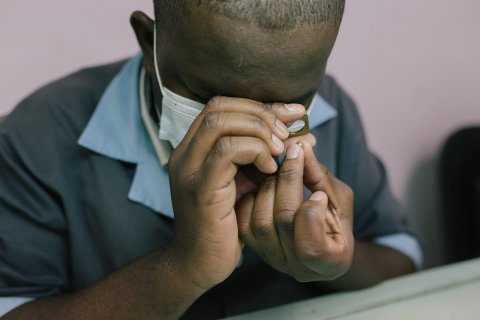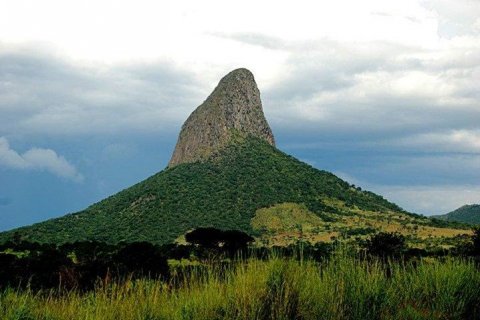The announcement was made by the non-governmental organization's executive director, James Cowan, who announced Angola's new commitment to funding the operations for an additional three years.
In a statement, the official thanked the head of state for his "extraordinary dedication and investment in the vision of a mine-free country," adding that João Lourenço expressed his intention to support the continued work with "a significant new contract for the next three years," without detailing the amount.
According to a statement from the Presidency of the Republic, which does not mention the new funding, Prince Harry is in Angola with the aim of "strengthening the work carried out by his institution, primarily linked to demining."
Angola also has thousands of minefields, remnants of the long armed conflict that ended in 2002, which continue to pose a direct threat to the lives of the population and an obstacle to development.
The HALO Trust has been operating in Angola since 1994, having already cleared thousands of mines and explosive devices, and considers Angola a strategic partner.
Despite progress, there are still approximately 975 minefields in Angola, 192 of which are located along the strategic Lobito Corridor. It is estimated that approximately US$240 million will be needed to fully complete the clearance, including obstacles that hinder infrastructure such as the railway and the Lobito port.
Prince Harry's visit to the country after touring a former minefield in Huambo in 2019 – the same one his mother, Princess Diana, visited in 1997 – marks a diplomatic effort to renew the Angolan government's commitment and provide new political and financial impetus to demining the country.
Angola announced in June that it will request, for the third time, an extension of the deadline for removing antipersonnel mines for another five years, as required by Article 5 of the Ottawa Convention.
According to a statement from the Ministry of Foreign Affairs, the National Mine Action Agency (ANAM) will submit the formal request during the 22nd meeting of the Convention's States Parties, from December 1st to 5th, in Geneva, Switzerland.
The country has projected the extension from 2026 to 2030, given that the current deadline expires on December 31st of this year.
According to ANAM's Director General, Brigadier Leonardo Sapalo, the request is justified based on a pre-established program, which was presented on March 28th of this year and included the collaboration of Angola's partners in the fight against mines, namely the Engineering and Infrastructure Directorate of the Angolan Armed Forces (FAA), the National Demining Center, the Non-Governmental Organizations APACOminas, Norwegian People's Aid, APOPO, The HALO Trust, MAG, as well as the Ministry of Foreign Affairs' multilateral directorate.
Leonardo Sapalo highlighted that 975 mined areas have been identified in the country, corresponding to 57,905,679 square meters, predominantly in the provinces of Bié, Cuando, Cubango, Cuanza Sul, Moxico, and Moxico Leste.
The official noted that the provinces of Luanda, Icolo and Bengo, Benguela, Huambo, Zaire, Namibe, Cuanza Norte, Uíge, and Malanje have reduced contamination and are close to being declared free of known mined areas.
President João Lourenço wants the country to be mine-free by 2027 and announced in October 2024 that approximately 240 million dollars will be invested in the demining program over the next two years.







